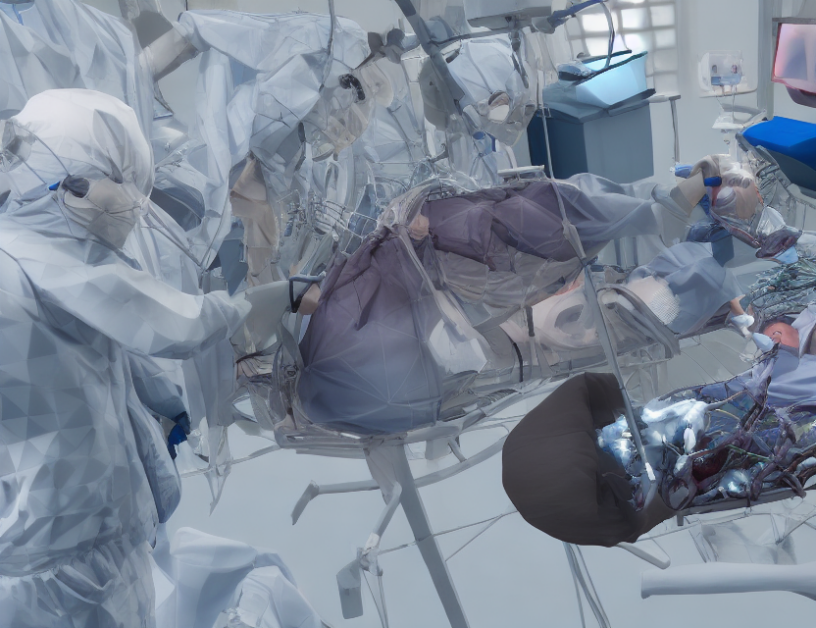Laparoscopic surgery is a minimally invasive procedure used to treat various medical conditions. However, obtaining high-quality images of the surgical field can be challenging due to the complexity of the surgical environment. To address this challenge, researchers have proposed an approach that uses text prompts to generate synthetic images of laparoscopic surgery.
Text-Based Interface
The proposed approach uses a text-based interface to generate synthetic images from short text prompts. This makes the generation more transparent and accessible while improving global understanding of the generative behavior of the model. However, there is a need for further addressing local explainability in particular, which aims to understand the direct influence of single features (e.g., words) on the sample.
Challenges
One of the challenges of machine learning (ML) in healthcare is its potential for poor generalizability. To mitigate this issue, the authors recommend a medical algorithmic audit, which involves reviewing and evaluating ML models used in healthcare to ensure they are safe, effective, and transparent.
Generating Synthetic Images
The proposed approach uses two models, Imagen and Elucidated Imagen, to generate synthetic images from text prompts. These models were trained on a dataset of laparoscopic images to acquire knowledge about the style and semantics of a laparoscopic image. Style defines the appearance of the image, whereas semantics target the contextuality of its content. The authors propose an interactive simulation approach where agents can condition the next frame of a virtual scene on various inputs, such as text, current frame, or position of surgical tools.
Survey Results
The authors conducted a survey to evaluate the effectiveness of their proposed approach. Participants with medical backgrounds caused a false-positive rate (FPR) of 66% when asked to detect actual images in an image pool with samples. This result highlights the potential of the proposed approach to generate synthetic images that are similar to real-world laparoscopic surgical images.
Conclusion
In conclusion, the proposed approach provides a novel way of generating synthetic images for laparoscopic surgery from text prompts. The use of a text-based interface makes the generation more transparent and accessible while improving global understanding of the generative behavior of the model. However, there is a need to further address local explainability in particular. The proposed approach has the potential to improve the efficiency and accuracy of laparoscopic surgery by providing surgeons with high-quality synthetic images that can be used for training and planning.



